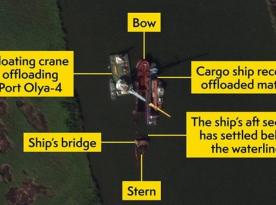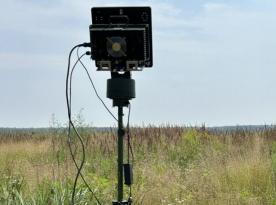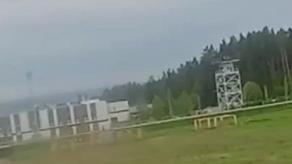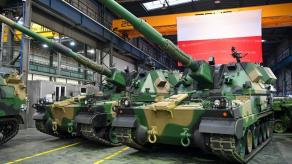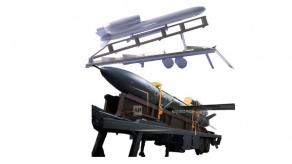russia wants to increase its own explosives production capacity by 6,000 tons annually — enough to fill about 1.2 million additional artillery shells each year, as reported by Reuters. This is a very threatening prospect, as it raises the question of whether russia could do without North Korean ammunition supplies in the future — or at least reduce their strategic importance.
Therefore, assessing the possible ways to undermine the plans becomes crucial, given that existing Ukrainian long-range drones cannot cover the entire territory of russia.
Read more: russians Replace S-300, S-400 Air Defense Systems in the Far East with Dummies
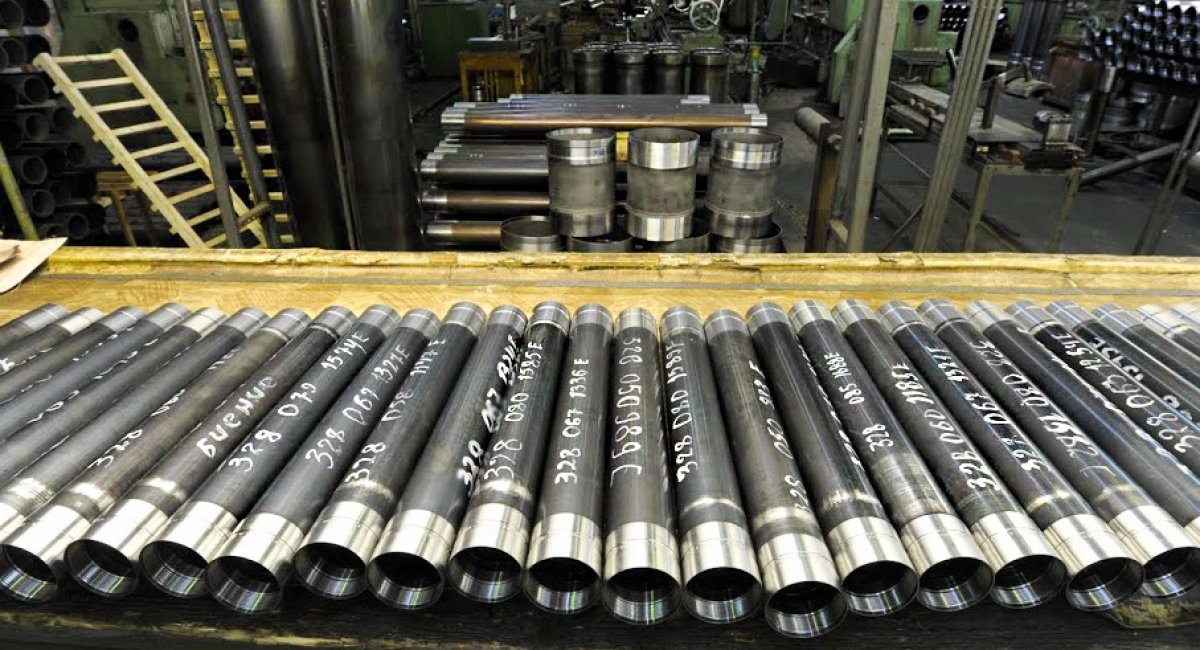
Documents from russia's public defense procurement in 2023, later deleted, reveal that the Kremlin was planning to expand explosives production capacity at the Biysk Oleum Plant, part of the Sverdlov State-Owned Enterprise, by 2025.
Once the project is implemented, russia will have the capacity to produce an additional 6,000 tons of explosives annually. However the type of explosive to be produced there at the new premises — whether it's octogen or hexogen — remains uncertain.
The Byisk Oleum Plant is located 3,000 kilometers away from the Ukrainian border. This means that the long-range UAVs currently available to Ukrainian Defense Forces will not be able to reach this object.
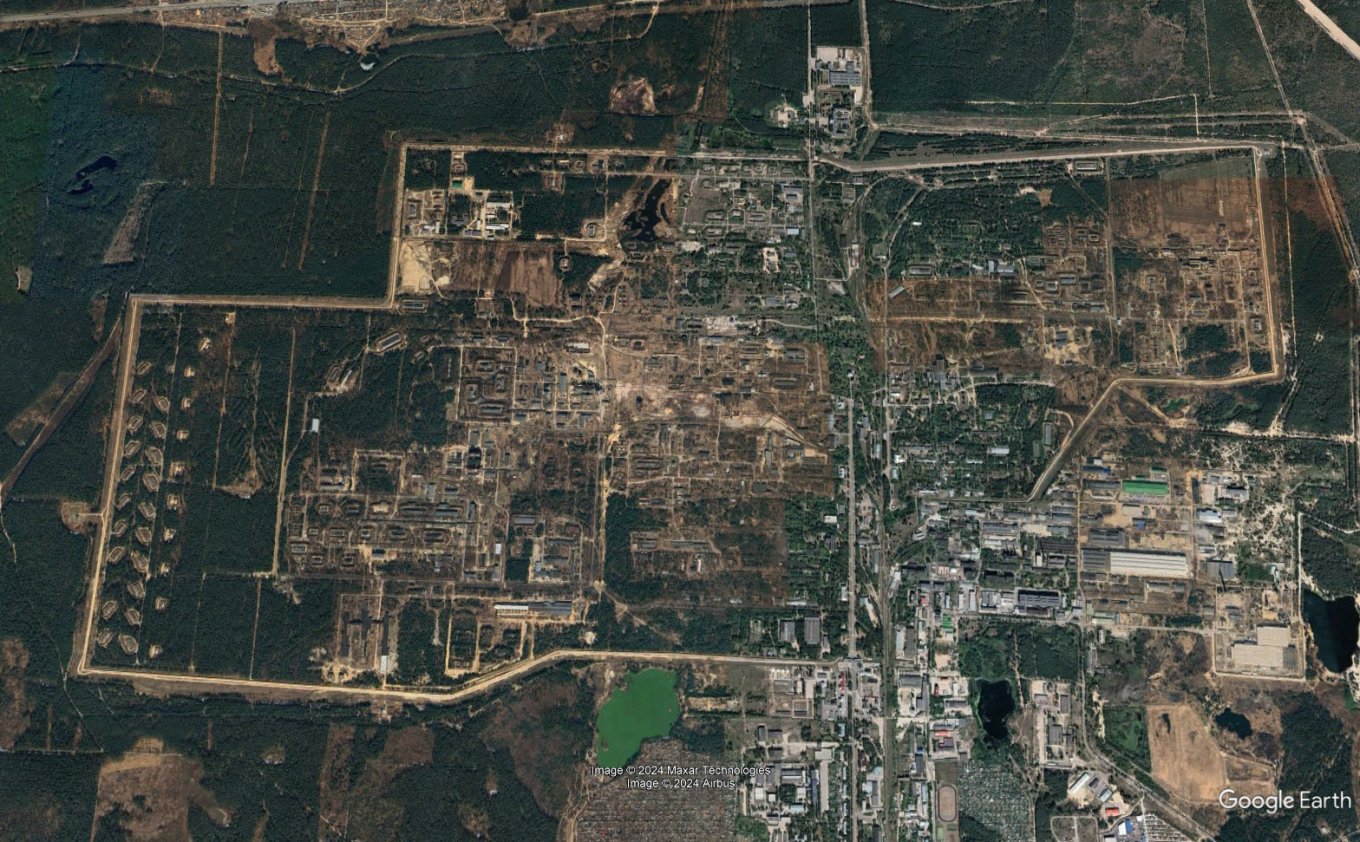
If we consider not only documentary evidence but also visual materials, it becomes clear that russians are systematically working towards implementing the project. In other words, starting in 2026, russia will likely be able to increase its production of artillery shells and other munitions.
Defense Express notes that russia may require additional explosives capacity not only for artillery shells, but also for producing warheads for long-range missiles and guided aerial bombs. Furthermore, the industrial expansion will allow the Kremlin to become less dependent on its foreign partners and more clearly define its demands for external supplies to wage war against Ukraine.
Since Ukraine does not have its own long-range weapons with a range of 3,000 kilometers, the standard "reach and hit" approach is not available in this case. One effective response to the aggressor's plans is symmetrical approach; Ukraine and the rest of the civilized world should focus on boosting their own explosives production and outgun russia in counter-battery warfare.
Earlier, Defense Express delved into the reasons why russia’s new 80-km autonomous strike drone may be even more dangerous than the Lancet.
Read more: Modernized russian A-222M Bereg Howitzer Was Finished and Sent to the Pacific Fleet For Some Reason





